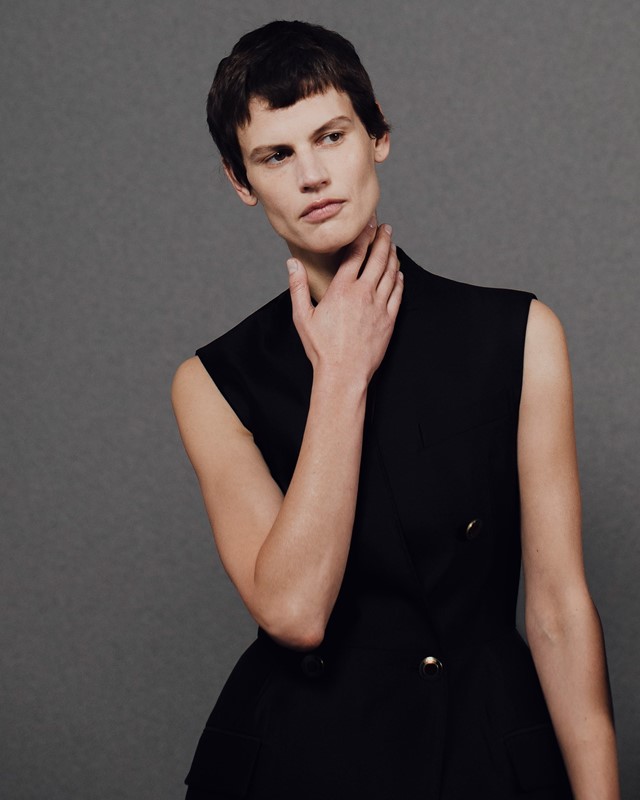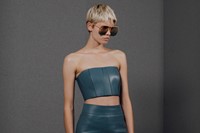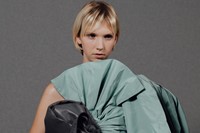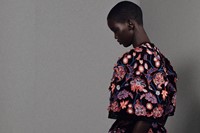The collection, titled NY Paris 1993, saw Waight Keller look back at the 1990s – when she worked at Calvin Klein in New York – through fresh eyes
In 1993, Clare Waight Keller – the British designer, now at the helm of Givenchy – moved to New York to work at Calvin Klein, then in its halcyon days, making cooly minimalist clothes as a palate cleanser to the blown-out excess of the 1980s. “When I arrived in New York, I was very much a tomboy, and there was this raw, boyish energy,” Waight Keller said backstage.
But for her Spring/Summer 2020 collection for Givenchy, shown on Sunday, she was thinking about Paris too, the city she now works. In the 1990s, she would travel back and forth from New York to the City of Lights, where minimalism was yet to take hold. Instead, excess and opulence continued to linger among Paris’ vaunted houses: “Whenever I would travel to Paris, it was opulence and florals and couture house extravagance,” Waight Keller remembers.
All this set the stage for a collection titled NY Paris 1993, where Waight Keller melded the emblems of American minimalism – the denim jean and skirt, the orthopaedic sandal, rigorous tailoring – with Parisienne luxury – moiré silk dresses, which twisted into giant bows, or bell-sleeved asymmetric gowns, intricately embroidered with flowers (others fell seductively off the shoulder). Testament to Waight Keller’s skill as a designer was the lack of contrast between the two: a patchwork, upcycled denim skirt, turned back to front, looked just as elegant as a floor-length gown.
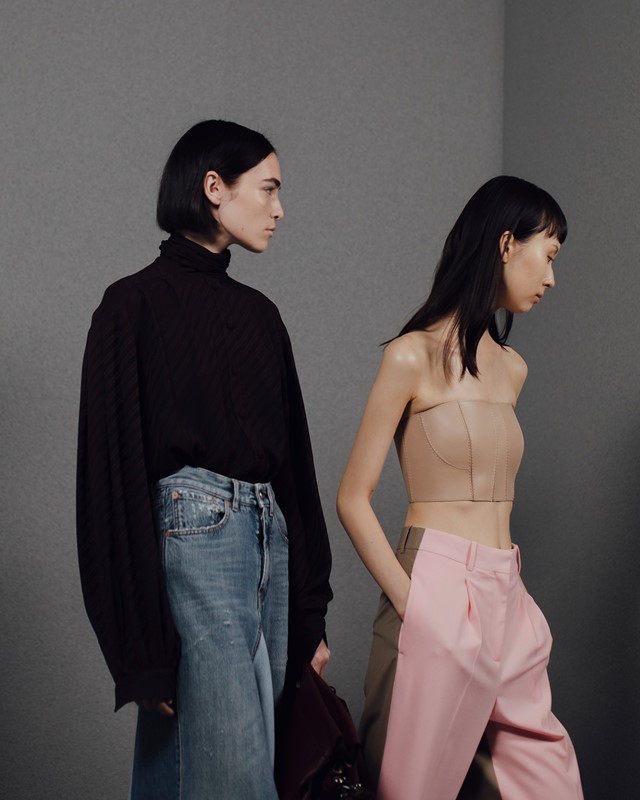
It is also testament to Waight Keller’s skill that this was not simply misty-eyed nostalgia for times now gone: rather, the designer said the collection began with Alison Yarrow’s critical tome, 90s Bitch. In it, Yarrow posits the 1990s as the time when women’s emancipation was hijacked by capitalism, twisted into objectification (it was “the decade that destroyed the modern American woman,” the writer says). Waight Keller posited the slip dress as one such example: “The whole idea of being stripped back, of being almost naked, was another way of sexualising women,” she said. “It was interesting for me now to look back and see it in a different way.”
So, “tiny little bras” were re-made as armour-like leather bustiers; dresses fell modestly over the knee, or came with shirt-like sleeves. If flesh was on show, it was only in slices: a slash down the front of a dress; a glimpse of knee where a bermuda short met a calf-length leather boot. Modernisation too came in the use of upcycled denim – after all, the 1990s popularised denim to the planet-destroying levels we know today – which was sourced from the era, formulated here in two-tone overcoats, frayed ‘boy’ shorts and ankle-length skirts (Waight Keller took her bow in a pair of upcycled culottes). “We are all talking about how fashion can be more conscious,” she said. Givenchy was ready to be part of that conversation.
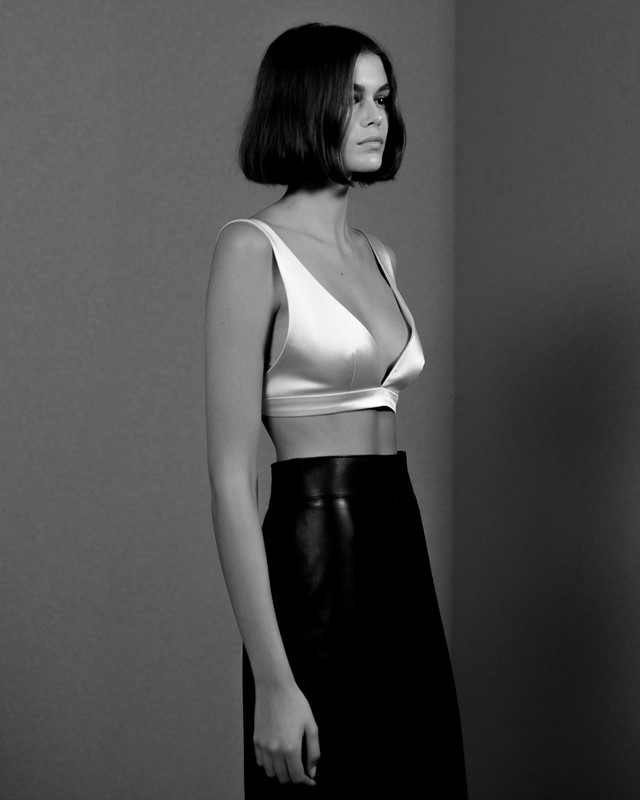
Even without this knowledge, though, these clothes will no doubt prove seductive to Waight Keller’s customer: here is a ready-made wardrobe, primed for the demands of the modern woman. Like Waight Keller herself. “I’m actually very diverse in the way I dress,” she said. “I think the character part of who we are is something we should celebrate.”
